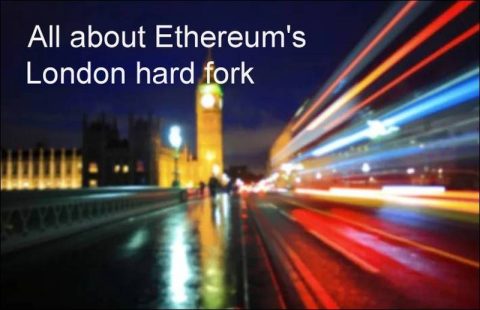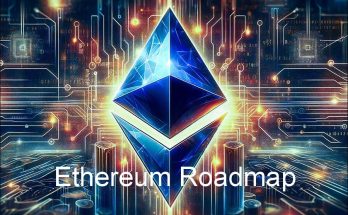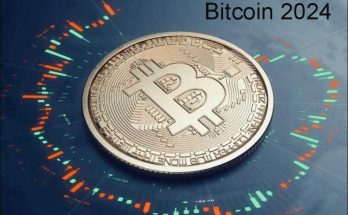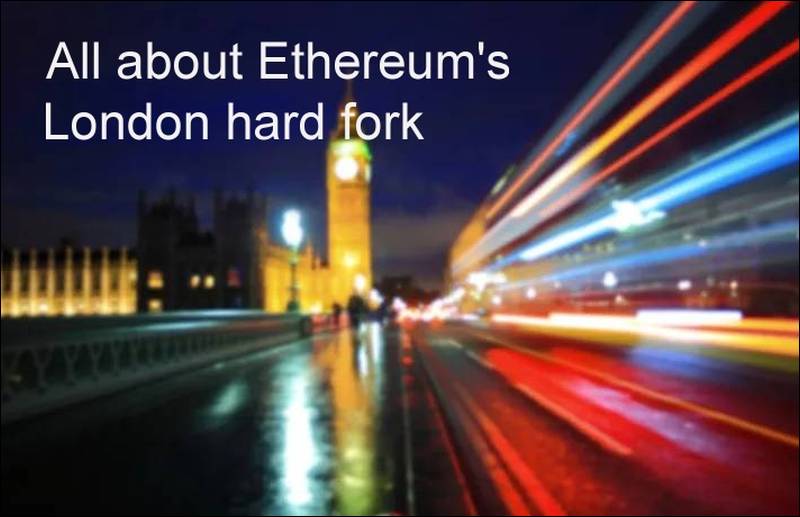At 12:34 UTC, at Block 12,965,000, Ethereum’s latest hard fork upgrade, dubbed “London,” officially activated on the network. This latest backward-incompatible hard fork also marked the rollout of five new Ethereum Improvement Proposals (EIPs). EIPs 1559, 3554, 3529, 3198 and 3541 are code upgrades that aim to improve the Ethereum network’s user experience, value proposition and more.
It is fair to say that the London hard fork has received more media attention than previous upgrades. The growth of crypto markets this year has helped bring Ethereum to the forefront of the news, and investors are interested in the potential effect that the new EIPs could have on the network as a whole.
London hard fork EIPs in brief
EIP 1559
EIP 1559 replaces “Ethereum’s auction-style fee market with an algorithm that automatically sets the gas price. There are four significant purposes for the proposal, including counterbalancing ether’s increasing supply, preventing economic abstraction of ether (ETH, +0.67%), reducing fee volatility and increasing fee market efficiency.
All stakeholders of the Ethereum network will be affected by EIP 1559 to some degree. Users of the network will now have a new fee market that will change how their transactions are prioritized and will add predictability to transaction fees.
EIP 1559 will also introduce greater block size variance, meaning block sizes can fluctuate up to two times the current maximum limit during times of high network congestion. When it comes to the amount of transaction data able to fit in a block, this flexibility is intended to improve fee market efficiency and help alleviate some of the pain points caused by Ethereum’s limited transaction throughput, or how fast the network can process transactions.
Perhaps the most widely debated change that EIP 1559 implements is one that affects miner rewards. With the upgrade, miners will receive reduced transaction fees and become more reliant on block rewards, transaction tips and potentially “maximal extractable value” (MEV) for rewards.
Finally, long-term investors will see an update to ether’s emission schedule and enforcement of ether’s use case as a form of payment for block space.
And the others
EIP 3554 delays the “difficulty bomb” that is coded to make mining more difficult, essentially “freezing” it in preparation for Ethereum’s transition away from a proof of work model. Also called the “Ice Age,” the difficulty bomb is intended to disincentivize miners from using proof of work once Ethereum 2.0 is ready by making block rewards much harder to come by. EIP 3354 pushes the Ice Age back to Dec. 1, hinting that the merge with Ethereum 2.0 may happen at the end of the year. This is the fourth time that the difficulty bomb has been delayed, and unless the network is finally ready to move to proof of stake by the end of the year, it’s likely to be delayed once again in yet another network upgrade.
EIP 3529 reduces gas refunds, which were typically used to incentivize developers to reduce or delete unused smart contracts and addresses on Ethereum. However, “gas tokens” like Chi and GST2 gamed the system by taking up space on the network when gas fees were low and reaping the benefits by deleting their data when gas fees were high. With the implementation of EIP 3529, these tokens will become obsolete.
EIP 3198 allows users to return the base fee “opcode,” which makes it easier for developers to call and use any given block’s base fee for decentralized application estimations and efficiency.
EIP 3541 sets up future upgrades to the Ethereum Virtual Machine (EVM) by removing the ability to start new contracts with “0xEF or Executable Format.” Although it won’t have an immediate effect on the network, it sets up future changes and restricts the EVM from consuming specific data types.
Visits: 139




